An education: Calgary’s Taylor Institute is a new and experimental space for learning

On the bones of an old art museum at the University of Calgary, Diamond Schmitt Architects (DSAI) have designed a new hub of learning. At the nexus of a new campus gateway, the Taylor Institute of Teaching and Learning is also at the center of a movement seeking new approaches to pedagogy.
The essential idea expressed architecturally, notes DSAI principle and project architect Matthew Lella, is that 'learning takes place all the time, everywhere and in a whole range of ways.' From lectures to informal meetings and study groups, 'educational exchanges happen inside and outside of more structured approaches.'
Using the footprint of the old Nickel Arts Museum, but opening up its dark, cavernous interiors, DSAI have created a light filled space imbued with a sense of open learning. The facility brings together disparate disciplines from across the campus and acts as an educational laboratory. Its hyper flexible teaching spaces house everyone from art students to physics professors.
The building is composed of two perpendicular rectangular boxes – both unified and differentiated by a giant steel truss – that suspends an East-West spanning glass atrium. Here a central spine acts as an axis for a wide variety of learning spaces and two cantilevered projections that extend over the front entry plaza and into the campus green, blurring indoor and outdoor.
An amphitheatre offers students a vista from which to observe the activities throughout the central atrium, while inventive 'hanging pods' – suspended by steel cables – offer more intimate spaces for study groups. DSAI are known for their theatres (including the Mariinsky in St Petersburg) and their attention to acoustic engineering shines through here, with wood paneling offering auditory buffers so that students can be part of a large public space as well as smaller groups.
Another challenge for the architects was to use technology to enhance intimacy and communication and to 'bring people closer together.' In this age of digitally distracted students, they wanted human exchange, not technology, to be the focus.
To that end a mezzanine tucked away from the public sphere on the first floor and hidden below the second floor research space, disguises nuts and bolts. Tubes and wires disappear under floors, loudspeakers and monitors are hung on rather than built into walls, and wireless is everywhere.
DSAI’s theatre prowess enters the realm of pedagogy as the building breaks the fourth wall of learning. This is a place where students observe and are themselves observed, where teachers become pupils, disciplines collide and interior spaces are interchangeable set pieces.
At once an experimental and social space, the Taylor Institute offers an innovative theatre in the round approach to the architecture of open learning.
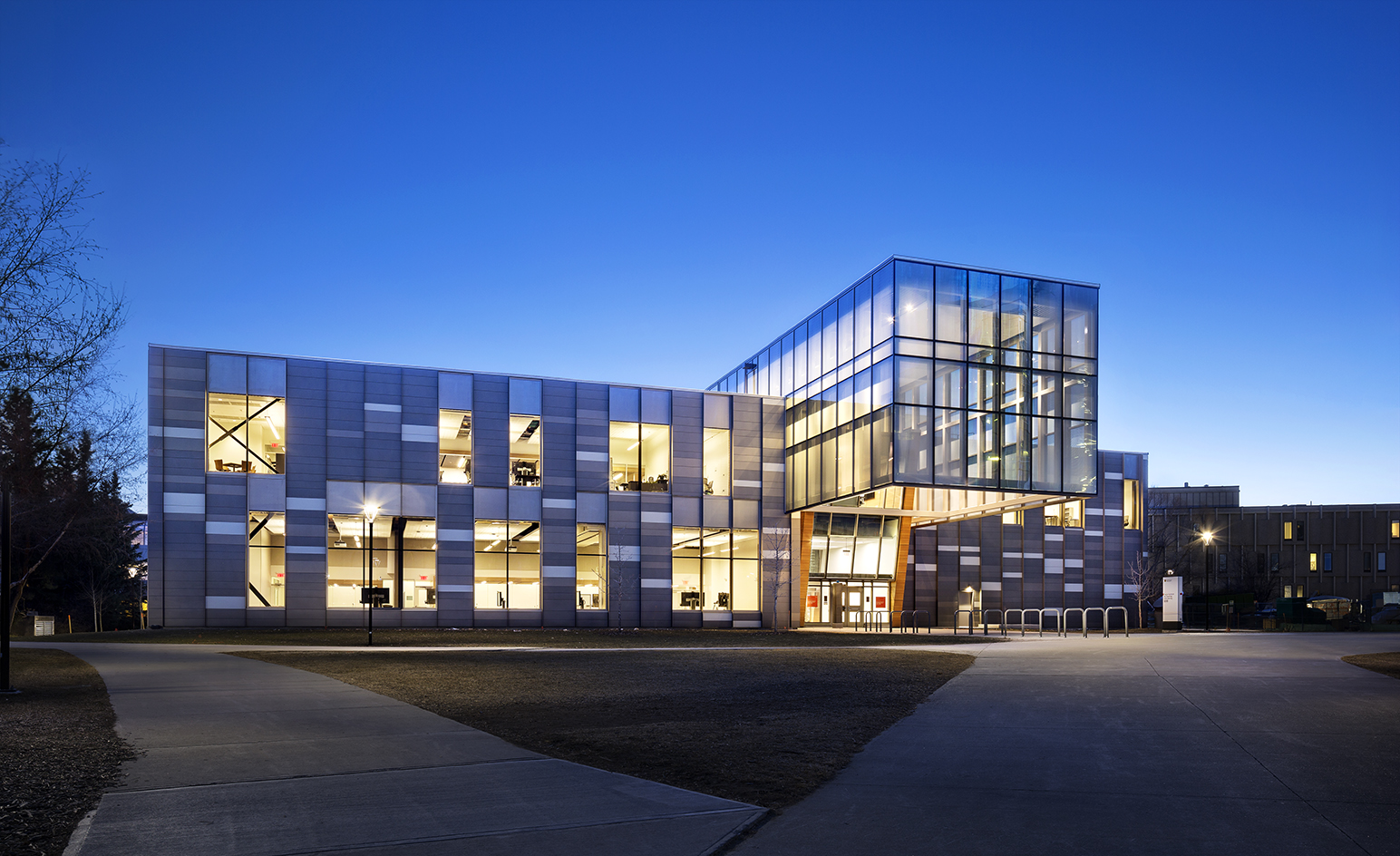
The space was created to celebrate and enhance learning in both structured and non-structured ways

The building was concieved to bring together different disciplines and act as an education laboratory for the campus
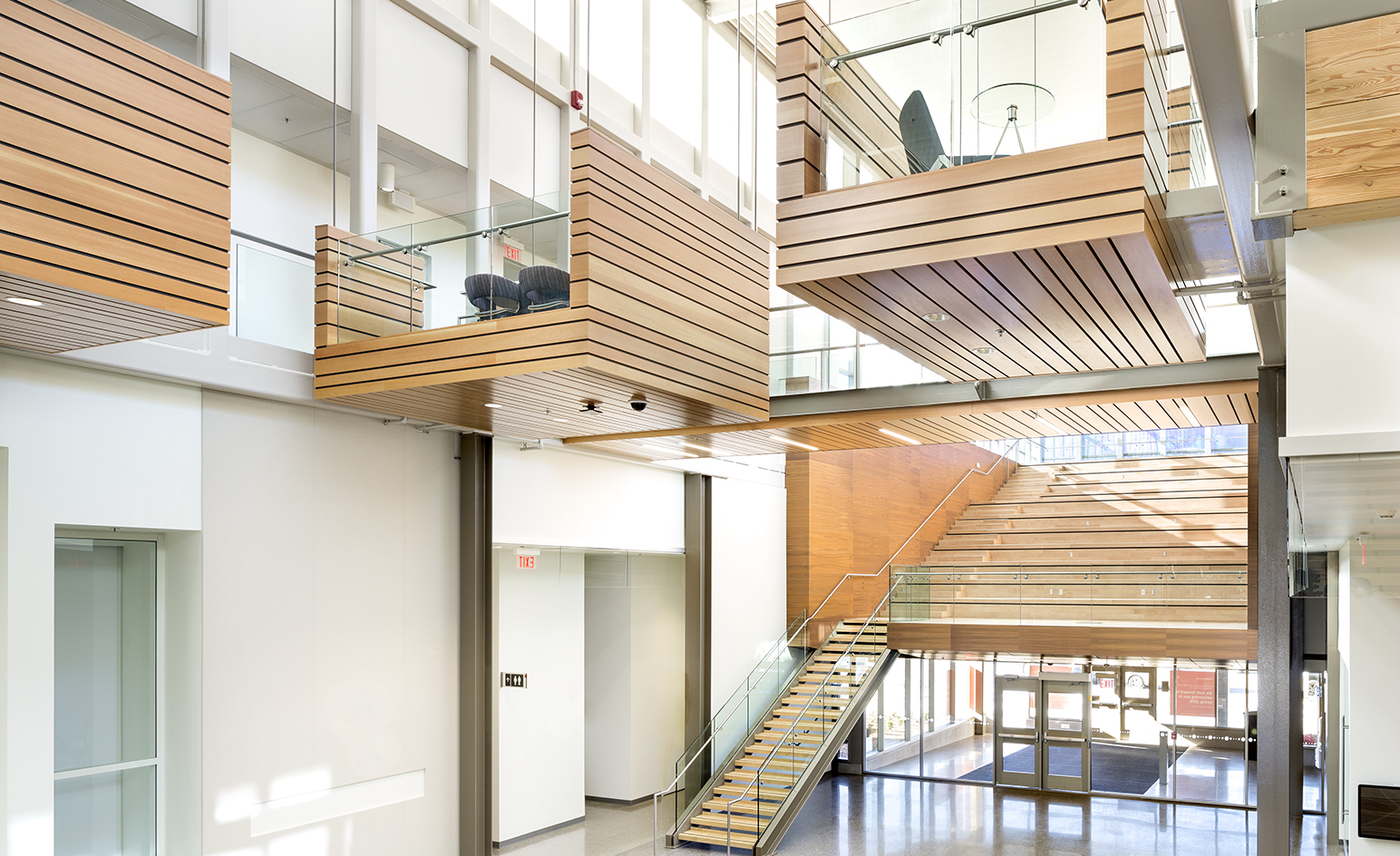
A generous glass atrium sits at the heart of the building, which is composed of two perpenticular rectangular boxes
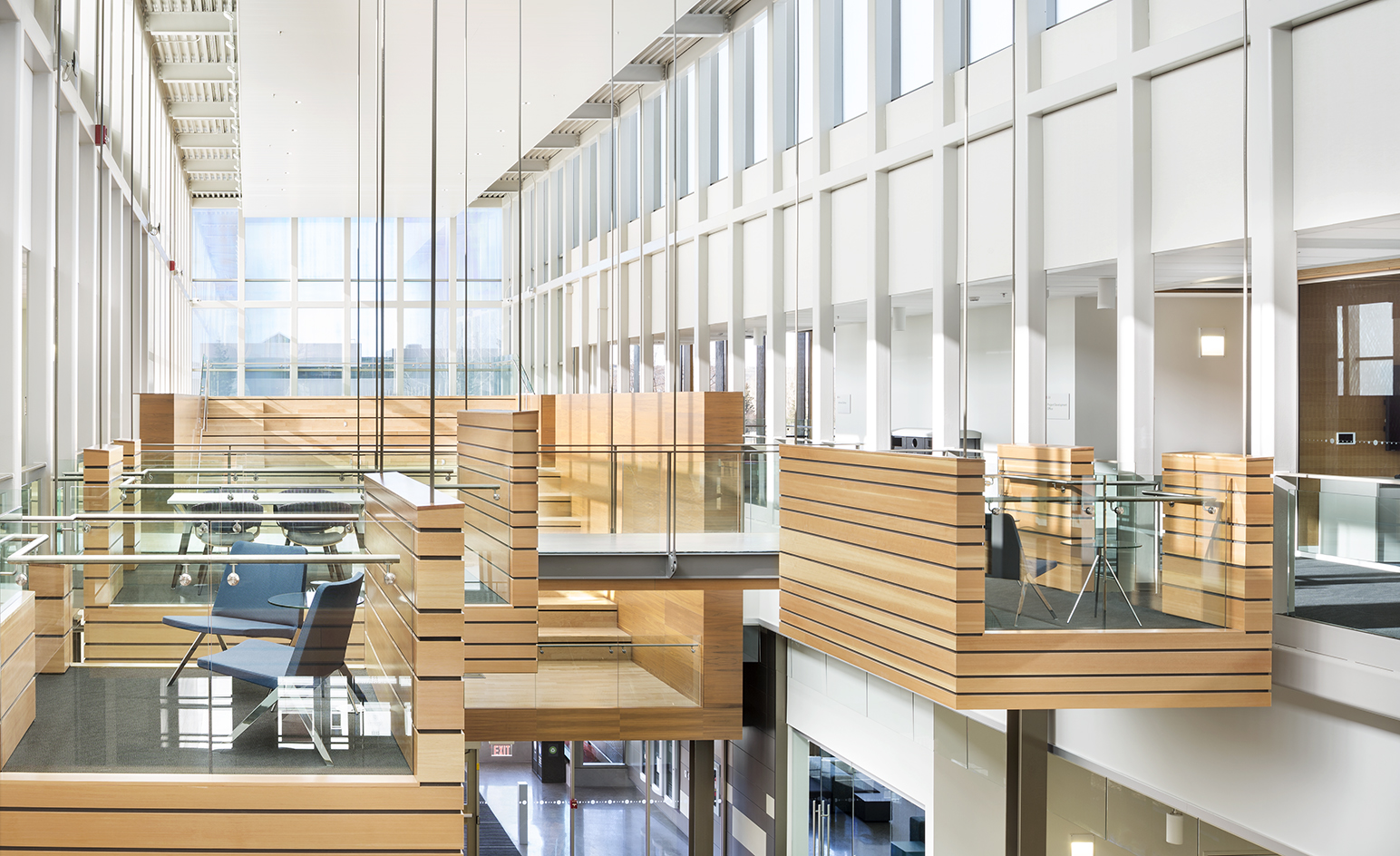
Inventive ’hanging pods’ – suspended by steel cables – offer intimate spaces for study groups and views of the atrium below
INFORMATION
For more information visit the Diamond Schmitt Architects website
Wallpaper* Newsletter
Receive our daily digest of inspiration, escapism and design stories from around the world direct to your inbox.
-
 All-In is the Paris-based label making full-force fashion for main character dressing
All-In is the Paris-based label making full-force fashion for main character dressingPart of our monthly Uprising series, Wallpaper* meets Benjamin Barron and Bror August Vestbø of All-In, the LVMH Prize-nominated label which bases its collections on a riotous cast of characters – real and imagined
By Orla Brennan
-
 Maserati joins forces with Giorgetti for a turbo-charged relationship
Maserati joins forces with Giorgetti for a turbo-charged relationshipAnnouncing their marriage during Milan Design Week, the brands unveiled a collection, a car and a long term commitment
By Hugo Macdonald
-
 Through an innovative new training program, Poltrona Frau aims to safeguard Italian craft
Through an innovative new training program, Poltrona Frau aims to safeguard Italian craftThe heritage furniture manufacturer is training a new generation of leather artisans
By Cristina Kiran Piotti
-
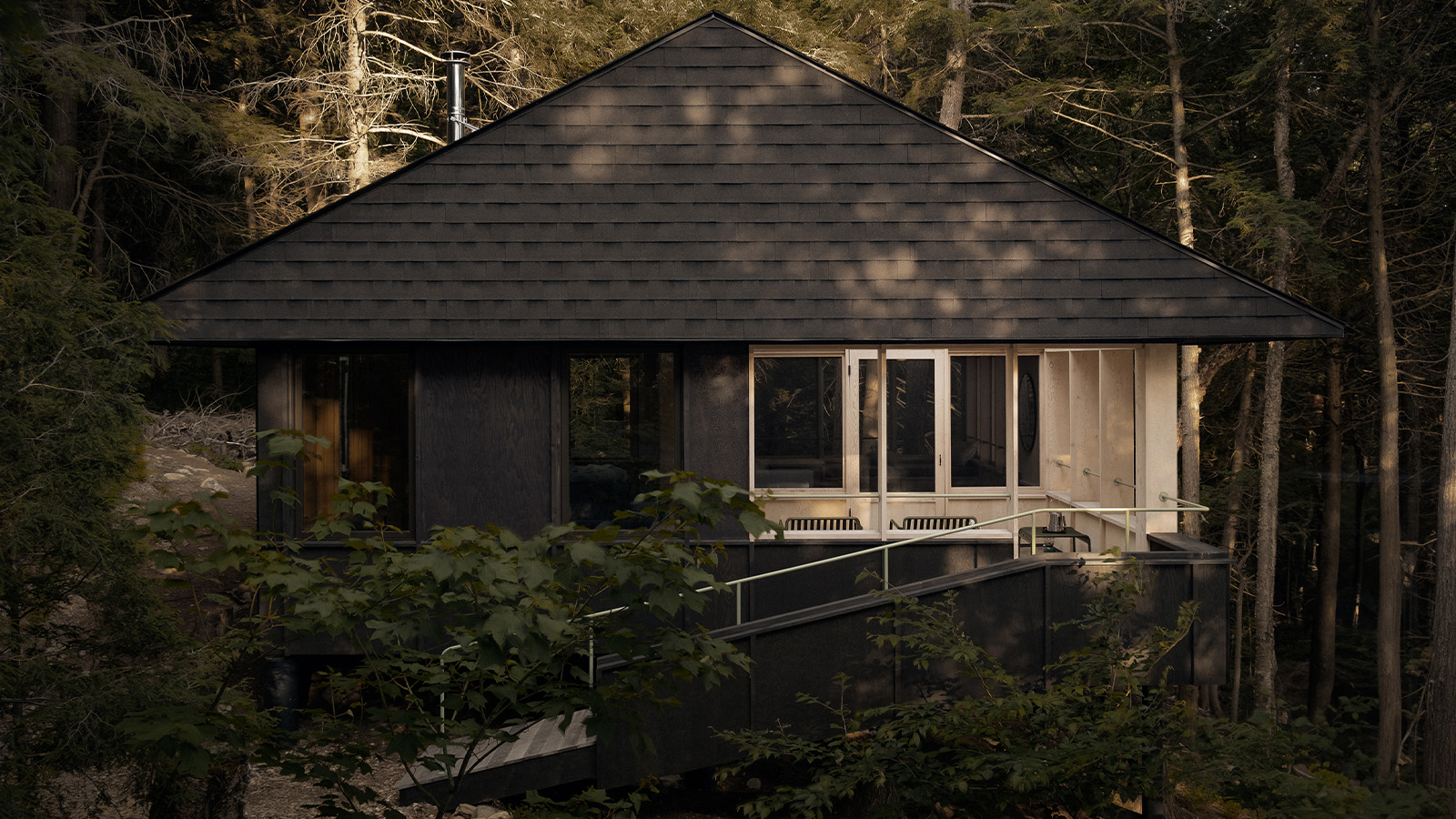 Smoke Lake Cabin is an off-grid hideaway only accessible by boat
Smoke Lake Cabin is an off-grid hideaway only accessible by boatThis Canadian cabin is a modular and de-mountable residence, designed by Anya Moryoussef Architect (AMA) and nestled within Algonquin Provincial Park in Ontario
By Tianna Williams
-
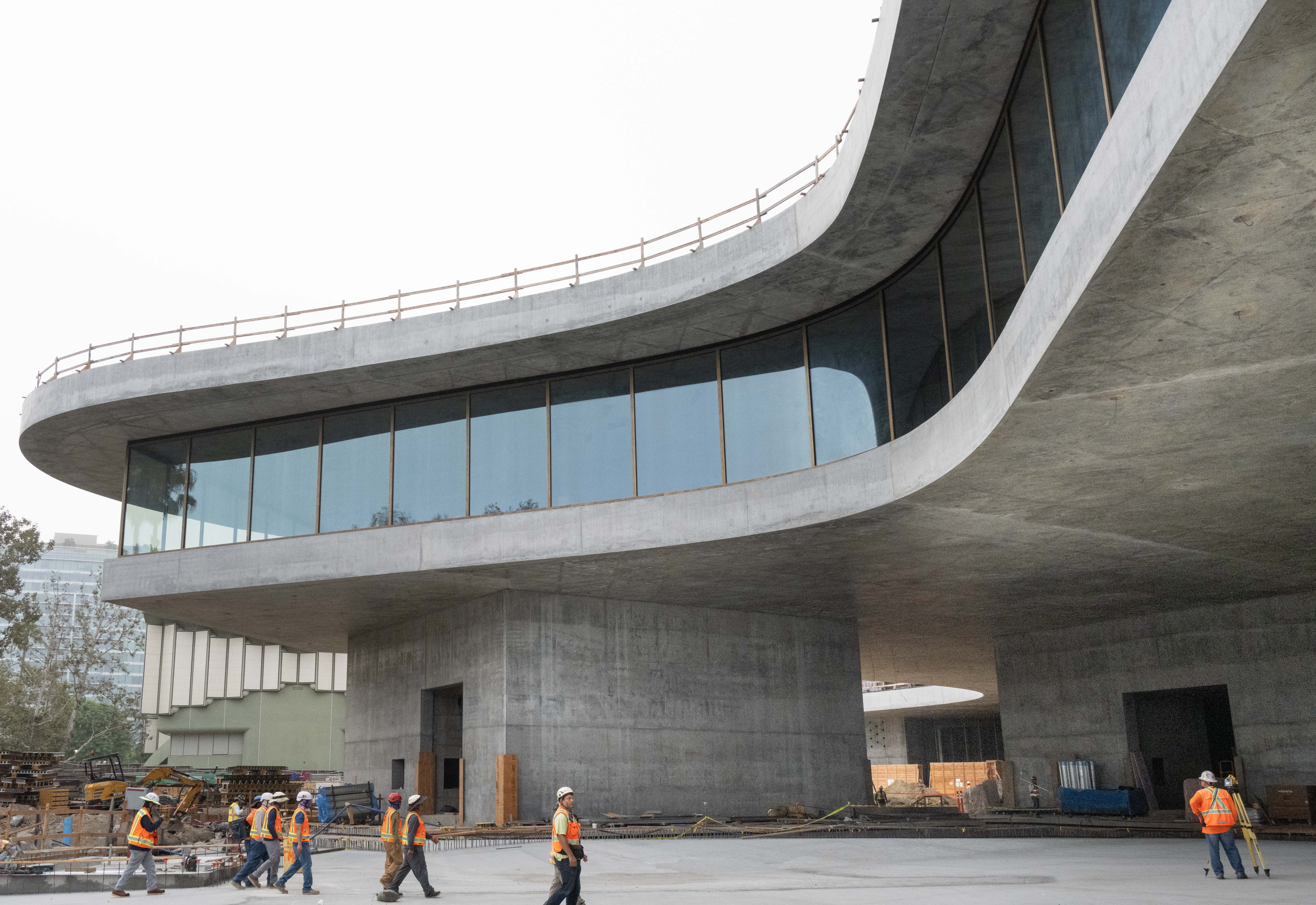 You’ll soon be able to get a sneak peek inside Peter Zumthor’s LACMA expansion
You’ll soon be able to get a sneak peek inside Peter Zumthor’s LACMA expansionBut you’ll still have to wait another year for the grand opening
By Anna Fixsen
-
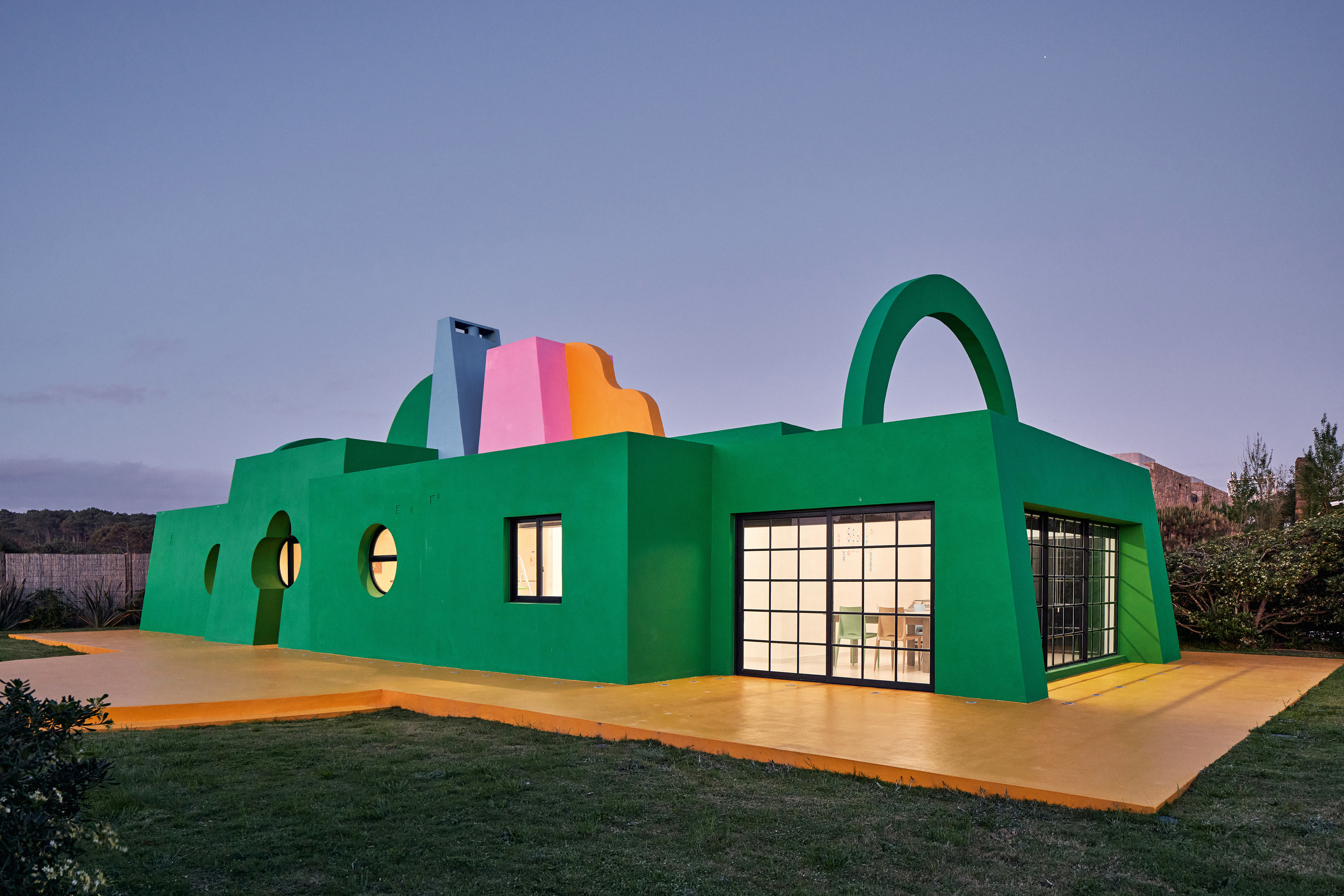 Ten contemporary homes that are pushing the boundaries of architecture
Ten contemporary homes that are pushing the boundaries of architectureA new book detailing 59 visually intriguing and technologically impressive contemporary houses shines a light on how architecture is evolving
By Anna Solomon
-
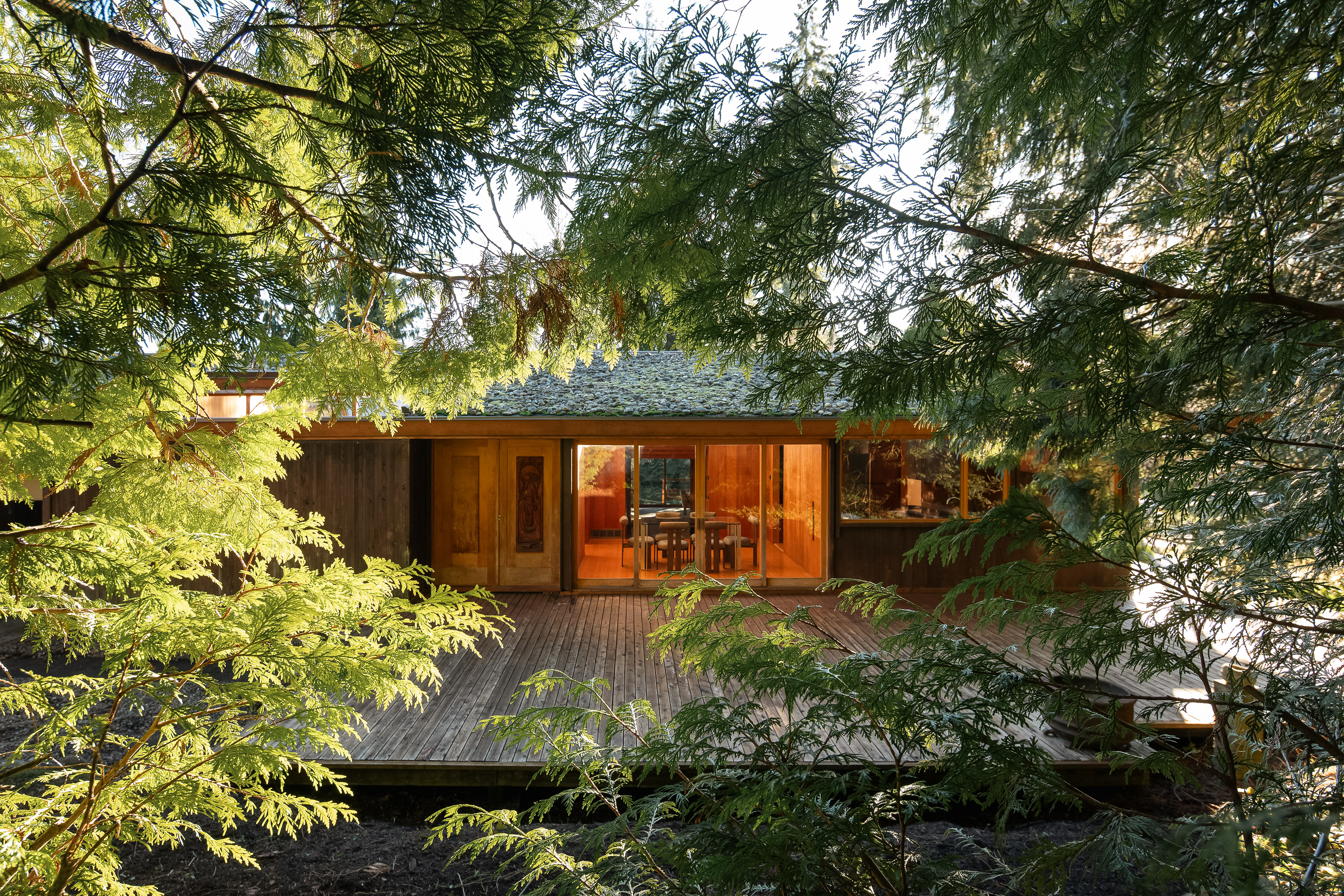 Explore the Perry Estate, a lesser-known Arthur Erickson project in Canada
Explore the Perry Estate, a lesser-known Arthur Erickson project in CanadaThe Perry estate – a residence and studio built for sculptor Frank Perry and often visited by his friend Bill Reid – is now on the market in North Vancouver
By Hadani Ditmars
-
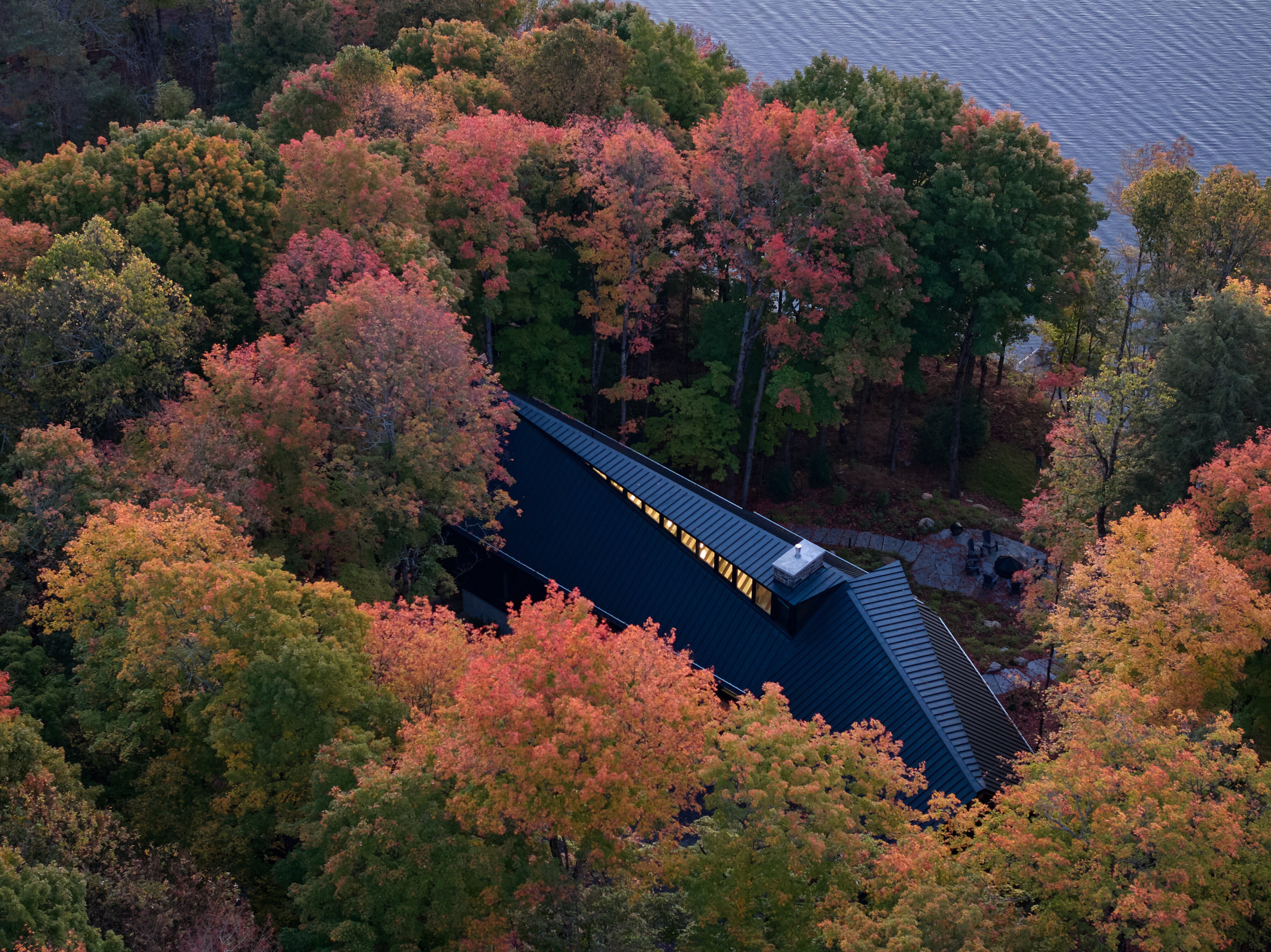 A new lakeshore cottage in Ontario is a spectacular retreat set beneath angled zinc roofs
A new lakeshore cottage in Ontario is a spectacular retreat set beneath angled zinc roofsFamily Cottage by Vokac Taylor mixes spatial gymnastics with respect for its rocky, forested waterside site
By Jonathan Bell
-
 We zoom in on Ontario Place, Toronto’s lake-defying 1971 modernist showpiece
We zoom in on Ontario Place, Toronto’s lake-defying 1971 modernist showpieceWe look back at Ontario Place, Toronto’s striking 1971 showpiece and modernist marvel with an uncertain future
By Dave LeBlanc
-
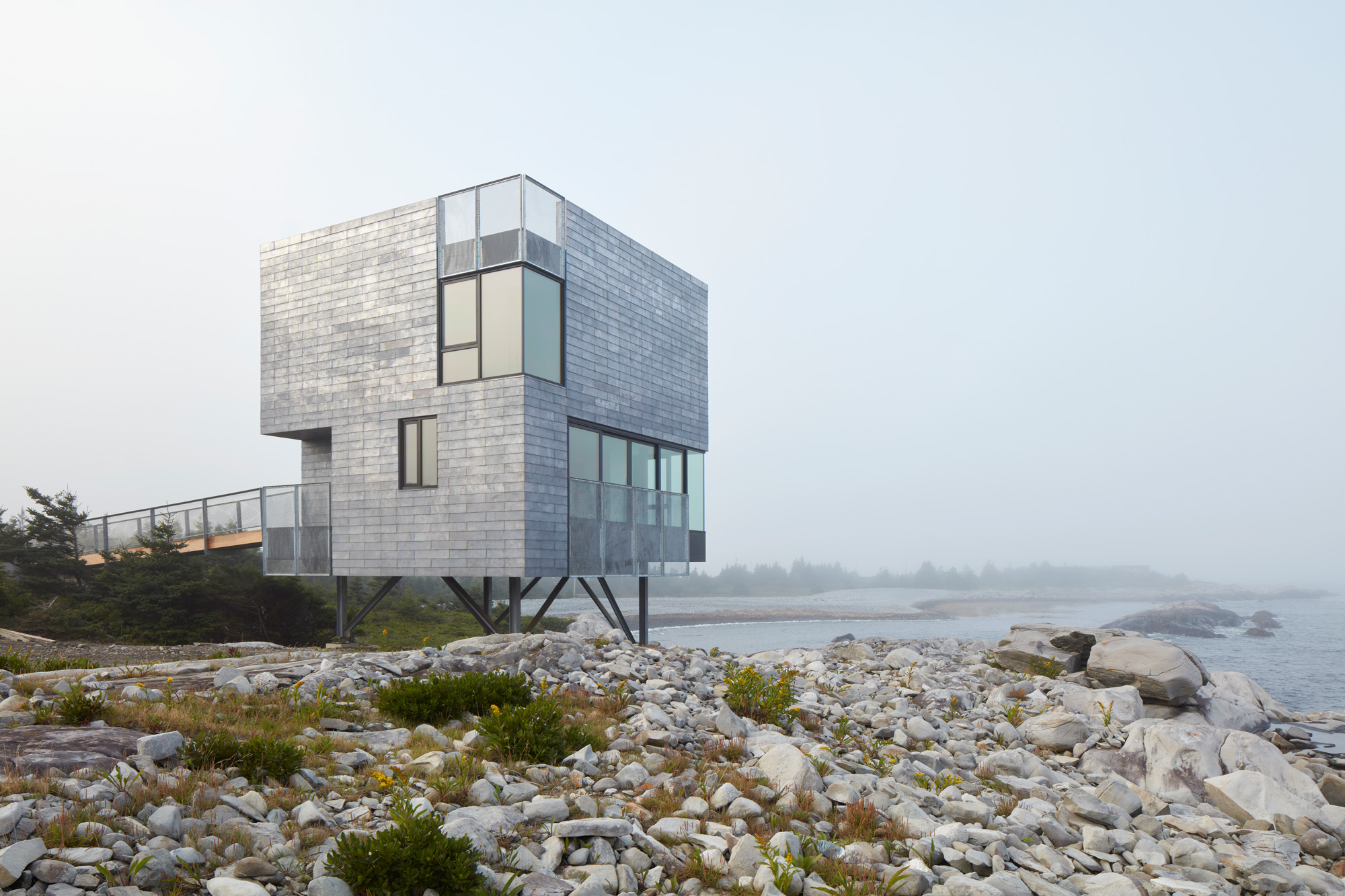 This Canadian guest house is ‘silent but with more to say’
This Canadian guest house is ‘silent but with more to say’El Aleph is a new Canadian guest house by MacKay-Lyons Sweatapple, designed for seclusion and connection with nature, and a Wallpaper* Design Awards 2025 winner
By Ellie Stathaki
-
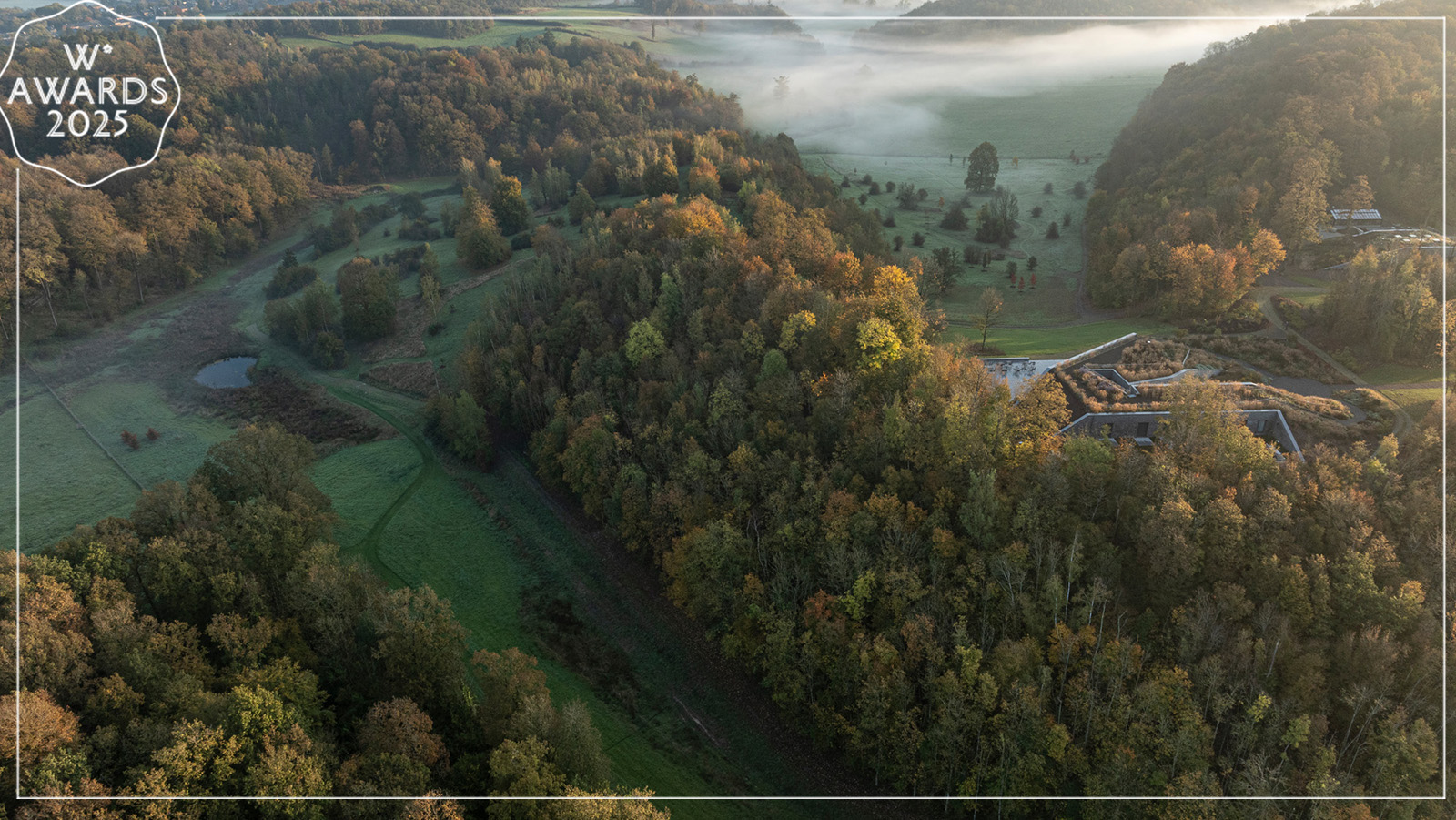 Wallpaper* Design Awards 2025: celebrating architectural projects that restore, rebalance and renew
Wallpaper* Design Awards 2025: celebrating architectural projects that restore, rebalance and renewAs we welcome 2025, the Wallpaper* Architecture Awards look back, and to the future, on how our attitudes change; and celebrate how nature, wellbeing and sustainability take centre stage
By Ellie Stathaki